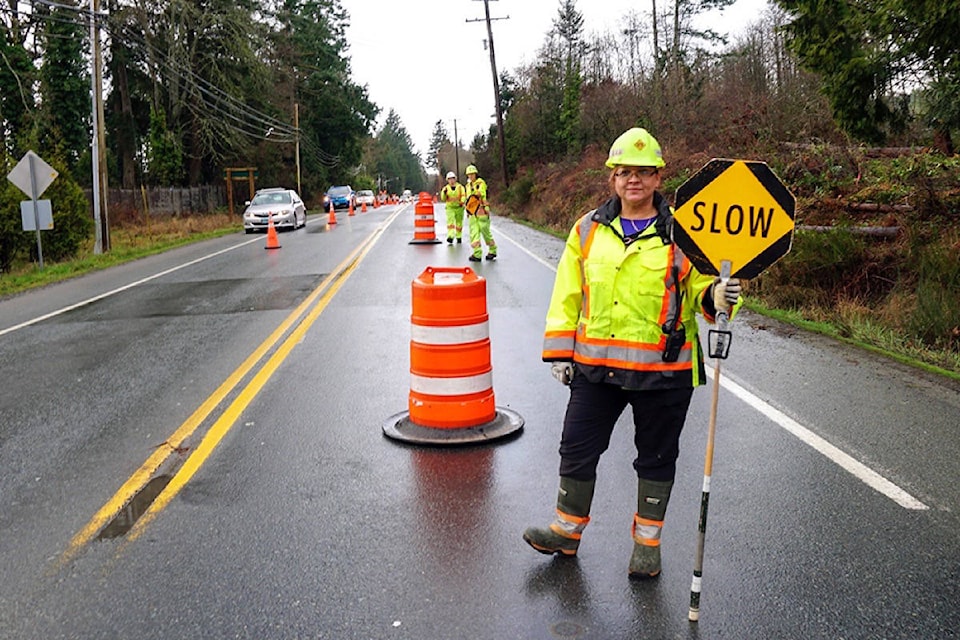Gas prices are soaring, campers and RVs have come out of hibernation, and bright orange pylons are sprouting up along the province’s highways. Welcome to summer driving season!
Regarding those pylons: contrary to the apparent view of some drivers, they aren’t put there for decoration. They generally indicate that a construction zone is imminent, and since a significant number of drivers seem confused about what is required of them, here’s a short guide.
Construction ahead. Really, we mean it. Signs warning of a construction zone ahead are usually placed some distance before the actual start of said zone, to give drivers time to prepare. Unfortunately, since the construction often cannot be seen when the first warning sign comes into view, many drivers treat it as a mirage. These are the people who, when confronted by the construction zone itself, seem to be taken by surprise, and slam on their brakes in an attempt to see how long it takes their vehicle to go from travelling 110 km/hr to zero km/hr. Don’t be that person. The driver ahead of you, watching your approach in his or her rear-view mirror, doesn’t need the stress of wondering if you’ll stop in time.
Do the wave. I always wave at flagpersons, because they’re doing a thankless job: standing outside with no relief in all weathers as they control traffic. If you think “cushy job” as you drive past, ask yourself: how would you like it if your job involved standing in one spot, with no protection other than a vest and a hardhat, while tubes of metal weighing thousands of pounds whiz past within feet of you (not to mention the drivers who think lobbing a beer can at you, flipping you the bird, or swearing at you is completely justified).
I’d like to compliment you on your work. Let me know when you’re going to start. Please, no lame jokes about “Construction zone? More like relaxation zone, amirite?” Drivers always fixate on the three people not obviously engaged in work, ignoring the dozens who are, not to mention all those vehicles trundling around (hint: they’re not driving themselves, at least not yet). Unless you know for a fact those three people are discussing last night’s hockey game/Simpsons episode/the likelihood of South and North Korean unification, and you yourself have never, ever, not once done something other than what you’re being paid to do during scheduled work hours, pipe down.
No multitasking. Being caught up in a slow- or non-moving train of traffic is not an invitation to drivers to pull out your phone and check on emails, fire off a few texts, or pick up where you left off on that game of mah jong. Stay alert.
Back off. As a driver who respects reduced speed limits in construction zones, I’d appreciate it if you’d stop trying to get inside the trunk of my vehicle. Getting within centimetres of my tailpipe is not going to make me go any faster, or get you to your destination any sooner, but it will raise blood pressures all around, and none of us need that.
Remember: all those construction zones will help make our roads safer and more comfortable. No pain, no gain. That may be little consolation when you’re stuck in one, but it might make things a little more bearable; at least until you hit the next construction zone.
editorial@accjournal.ca
Like us on Facebook and follow us on Twitter
